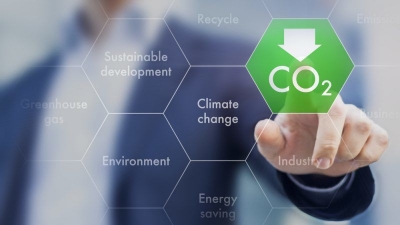What is air made of?

Air doesn’t seem to be made of anything. It has no colour, taste, or smell, and you can see right through it. But air is made up of things. It is made of many kinds of gases. And these gases are made up of tiny bits called molecules.
Actually, everything on the earth is made up of molecules. Solid things, such as plants, animals, and rocks, are made of molecules. So are liquids, such as water, and gases, such as the ones in air.
In solids, the molecules are packed close together and hardly move. In liquids, the molecules are further apart and move faster. In gases, the molecules are very far apart and zip about rapidly. That’s why gases are so light that you can’t see them.
For us, the most important gas in the air is oxygen. We breathe to get oxygen into our bodies. Almost every kind of animal and plant in the world must have oxygen, or it will die.
Only about one-fifth of the air is made up of oxygen. Most of the air - nearly four-fifths - is nitrogen. The rest of the air is made up of many different gases. Water vapour and dust float in the air, but they are not part of the air.
If air is just floating gases, why doesn’t it float away into space? Because the earth’s gravity pulls at the air just as it pulls at you. The air can no more float off into space than you can!
